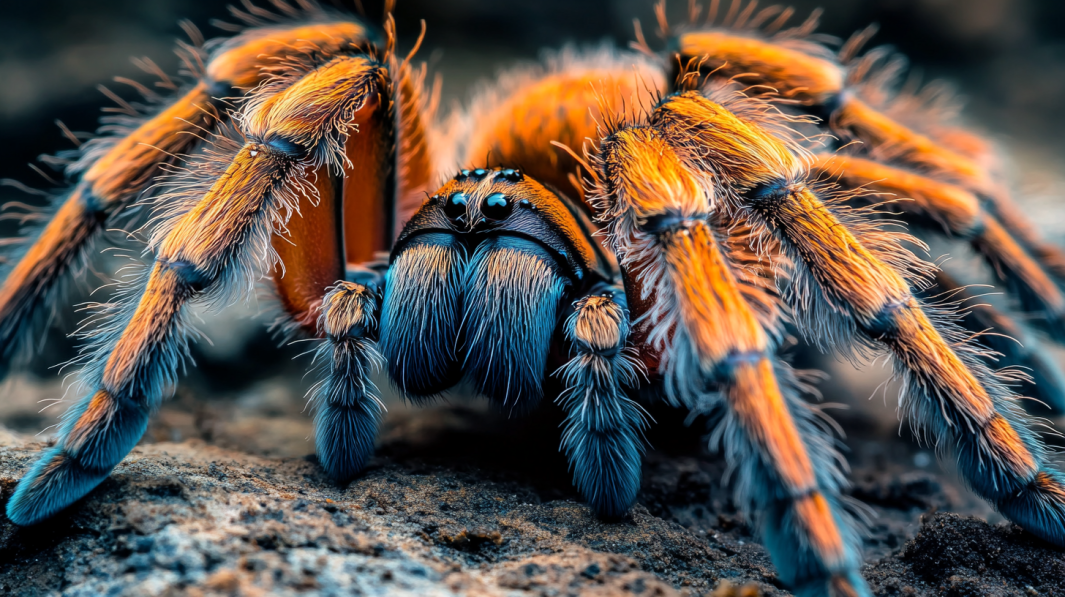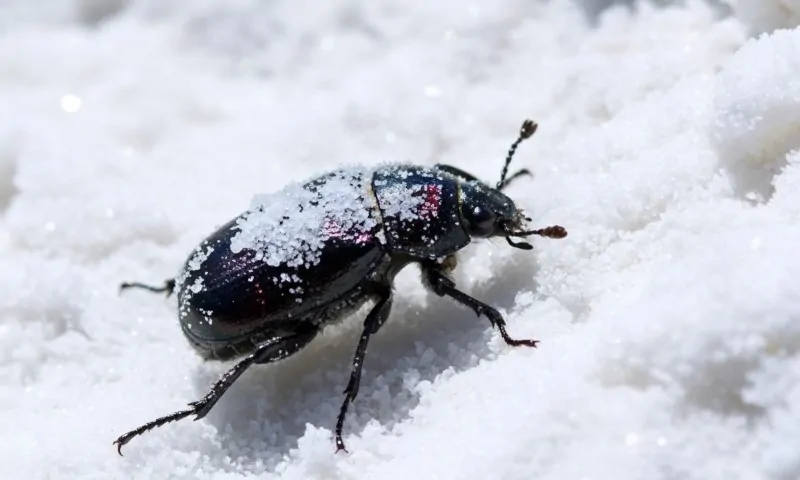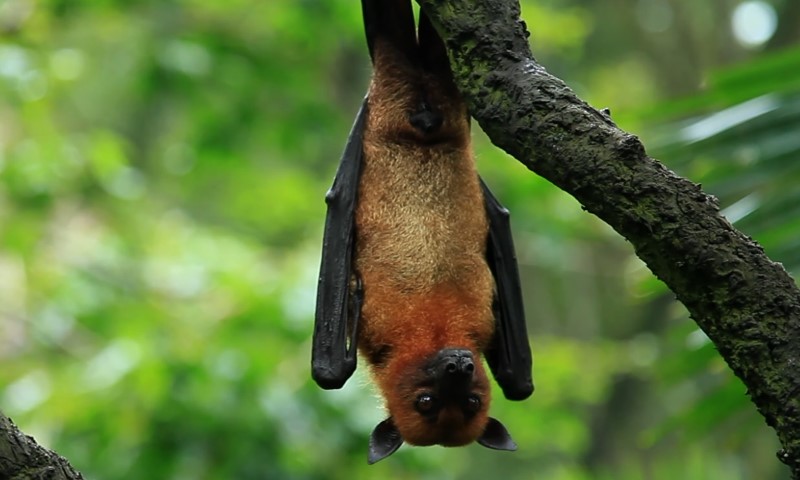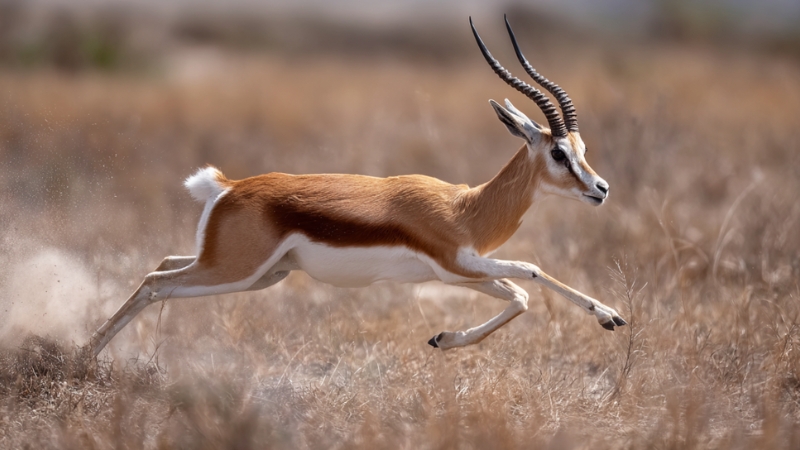The Orange Baboon Tarantula, or OBT, is easily recognized by its vivid orange bristles and a face that strikingly resembles a furry, orange baboon.
Known for their feisty temperament, these tarantulas can exhibit defensive and sometimes aggressive behavior.
Reaching a size comparable to the Mexican Red Knee, OBTs typically have a body length of around three inches with a leg span extending to five or six inches.
As a species native to Central and Southern Africa, they are classified as Old World tarantulas.
While some enthusiasts keep OBTs as pets, their intense nature makes them unsuitable for beginner keepers.
Table of Contents
Toggle1. Bright Colors Help with Camouflage
The Orange Baboon Tarantula is famous for its vibrant orange color, which can range from a pale yellow-orange to a deep, fiery red.
This color variance is not just for show but serves as a powerful form of camouflage within the tarantula’s natural environment in sub-Saharan Africa.
Despite its seemingly conspicuous color, the OBT’s shades blend remarkably well within dry, grassy, and sun-dappled regions, allowing it to hide effortlessly in plain sight.
The spider’s overall tone can even adjust slightly based on its habitat and diet, showcasing impressive adaptability.
Color Variance
Description
Location Adaptation
Pale Yellow
Blends with dry, arid landscapes
Found in more open, dry areas
Deep Orange
Perfect for denser vegetation
Common in savannah zones
Reddish Hue
Matches sunlit soil and rocks
Common near rocky terrains
2. Unique Defense Without Irritating Hairs
Unlike many tarantulas, the Orange Baboon Tarantula does not possess urticating hairs, which other species use to irritate predators.
Instead, the OBT relies on a distinctive combination of behavior, venom, and agility.
This tarantula is known for its ability to “threat posture,” where it raises its front legs and shows off its fangs in an impressive display of intimidation.
The behavior often deters potential threats without the need for biting, showcasing a unique evolutionary adaptation within tarantulas.
3. Fast and Agile for Hunting and Escaping
OBTs are lightning-fast runners and agile climbers, a trait that has earned them the nickname of “sprint tarantulas” among enthusiasts.
This speed helps them navigate both vertically and horizontally through their habitats, allowing them to easily retreat into burrows or escape from predators.
Unlike other tarantulas that may rely on ambush hunting, the Orange Baboon Tarantula uses its speed for both predation and evasion, giving it an edge in its environment.
Captive keepers often find this speed both fascinating and challenging, as OBTs can quickly dart out of enclosures if given even the smallest opening.
4. Webs Provide Safety and Help Detect Prey
Their webs are intricate networks that often resemble a thick, messy carpet across the ground, interwoven with tunnels and pockets. This serves multiple purposes:
- Safety and shelter: The dense web provides a hiding place that can protect the tarantula from predators.
- Prey trapping: The silk is also ideal for detecting vibrations from potential prey, acting as an extension of the tarantula’s senses.
In captivity, the web-building abilities of an OBT are a visual spectacle, turning enclosures into thick, tunnel-filled landscapes.
Observing these intricate webs offers a glimpse into the spider’s highly specialized survival techniques.
Purpose
Benefit to Tarantula
Shelter
Hides from predators and environmental hazards
Sensory Extension
Detects vibrations, aiding in prey location
Structural Support
Strengthens tunnels, offering stability
5. Flexible Diet for Different Environments

In terms of diet, Orange Baboon Tarantulas feed on insects, frogs, lizards, small birds, and mice.
Hunting primarily at night, they lie in wait near their burrows, ambushing prey by sensing movement, then subduing it with fangs and venom.
Using webbing to secure the prey, they consume it by liquefying it with digestive enzymes.
In captivity, these tarantulas are known for their aggressive feeding behavior, making them fascinating to observe for hobbyists.
Orange Baboon Tarantulas face several predators, including snakes, lizards, birds, and larger spiders, but one of their fiercest threats is the tarantula hawk.
This predator, actually a large blue-and-orange wasp, paralyzes the tarantula with a sting, lays an egg in its abdomen, and buries it alive.
Once hatched, the wasp larva consumes the tarantula while it’s still alive.
6. Temperament Varies, Making It Unpredictable
Some individuals display a seemingly docile nature, while others are known to be highly defensive and quick to react.
The Antilles Pinktoe Tarantula, in contrast, is known for its gentle nature, making it a popular choice among tarantula enthusiasts who prefer a more calm species.
This unpredictability has led to its reputation among spider keepers as a “wild card” in the tarantula world.
Despite this variability, they are naturally curious creatures. In captivity, they often explore new objects or alterations in their enclosure, showing a level of environmental awareness that is unexpected for arachnids.
This unique blend of curiosity and caution is part of what makes the OBT a fascinating creature.
7. Adapted to Survive Harsh Climates

The natural habitats of the Orange Baboon Tarantula are some of the harshest climates in the world, including dry savannas and rocky outcrops across Tanzania, Kenya, and Mozambique.
The warm, humid climate of their natural habitat in Africa shapes their daily habits; they avoid the day’s heat by staying concealed and may burrow deeper for cooler temperatures when needed.
When kept in captivity, these tarantulas require an enclosure with temperatures between 75°F and 78°F and humidity levels around 70-80%. A mix of terrestrial and arboreal spaces is essential for their comfort and well-being.
Aspect
Details
Native Region
Central and Southern Africa
Countries Found
Kenya, Zambia, Angola, Congo, Zimbabwe, Tanzania
Habitat Type
Terrestrial and semi-arboreal; create webbed tunnels on ground and trees, make or occupy burrows
Burrow Features
Often cover burrow entrance with a webbed “door” for protection
Natural Climate
Warm, humid; they adjust by staying hidden or moving deeper into burrows for cooler air.
Captive Care
Requires 75°F-78°F temperatures, 70-80% humidity, and both terrestrial and arboreal spaces
8. Defensive, Not Aggressive
While the Orange Baboon Tarantula is often labeled as one of the most aggressive tarantulas, this is more myth than fact.
The species is best described as defensive rather than aggressive. In the wild, they rarely engage in combat unless necessary, opting instead for retreat.
In captivity, this defensive nature can make them appear more intimidating, but their displays are largely bluffs meant to discourage threats.
With a healthy respect for their boundaries, OBTs can be safely observed and appreciated for their unique beauty and behaviors.
9. Unique Reproduction and Long Female Lifespan

After mating, a female Orange Baboon Tarantula will lay approximately 50-100 eggs, carefully wrapping them in a protective silk egg sac.
She keeps the sac in her burrow, periodically rotating it to aid in fertilization.
Once hatched, these baby tarantulas, around 100 tiny but feisty spiders, don’t linger for long; they quickly disperse to establish their territories.
The life spans of male and female OBTs differ significantly.
While males typically live only three to four years (if they escape their mate’s post-mating hunger), females enjoy much longer lives, often reaching 12 to 15 years.
The Orange Baboon Tarantula’s reputation as a “bitey” and “difficult” species overshadows its true uniqueness and allure. In the wild, they are important for controlling insect populations and serve as indicators of environmental health due to their sensitivity to habitat changes. In captivity, they provide enthusiasts a rare chance to observe intricate web-building behaviors, rapid movements, and a variety of temperamental displays. For those willing to understand and respect them, OBTs reveal a fascinating, misunderstood side of the tarantula world, reminding us that not all creatures fit neatly into our expectations. Our Orange Baboon Tarantula (Pterinochilus murinus) just molted as well. Still small, moving to a different environment soon. pic.twitter.com/E5FSGtOLrZ — ThatUmbrellaGuy (@ThatUmbrella) September 28, 2024 Its vibrant color, agile movements, complex webbing behaviors, and adaptability make it a testament to evolution’s artistry in the animal kingdom. Often misunderstood due to its defensive nature, the OBT is a reminder that the world of arachnids is as nuanced and varied as any other class of creatures. With each observation, we learn more about these captivating arachnids and can appreciate the role they play in both their ecosystems and the broader understanding of biodiversity.
Aspect
Details
Aggressiveness in Mating
Both males and females are aggressive, but they manage to mate successfully despite this.
Female Behavior Post-Mating
Sometimes, it eats the male after mating
Egg Production
The female lays around 50-100 eggs and stores them in an egg sac
Egg Care
The female rotates the egg sac in her burrow to aid fertilization
Baby Spider Dispersal
Spiderlings disperse quickly after hatching to establish their territories
Life Span
Males live 3-4 years (if not eaten), while females live 12-15 years
10. Important for Controlling Insects in the Wild
Final Words
The Orange Baboon Tarantula remains a creature of both mystery and fascination.







